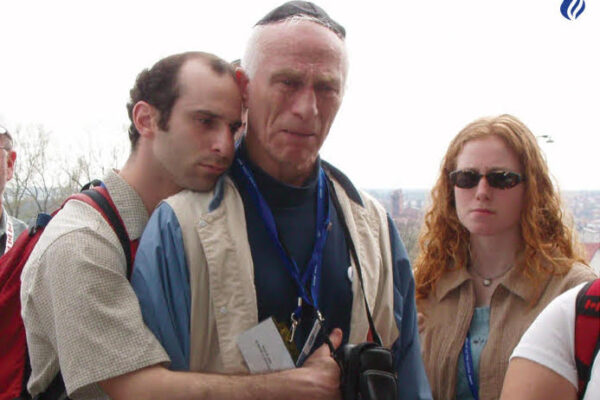
A record 1.725 million people visited the Auschwitz-Birkenau memorial and extermination camp last year, according to figures released ahead of International Holocaust Remembrance Day, which falls this Wednesday.
In 2001, by comparison, 492,000 people visited the site, which was the most notorious death camp in German-occupied Poland during World War II.
Most of the visitors were Poles, followed by Britons, Americans and Germans.
The museum now also provides a virtual tour of the site and historical information that is updated daily on Facebook. “There are countries that cannot afford to send students to Auschwitz. We developed the virtual site for them,” museum director Piotr Cywinski told Haaretz on a visit to Israel late last year. Most of the people following the Facebook page are between the ages of 30 and 45, he said.
Out of the total number of visitors to the site, 61,200 were from Israel. The behavior of the Israeli groups varies, Cywinski said.
“I don’t recall any problems with groups of soldiers. With groups of students, it all depends on their preparation and the educators who join them,” explained Cywinski. He admitted, though, that not all groups are so well behaved. “From time to time, there are a few examples of groups that are a little nationalistic and ‘use’ the site for these aims,” he said.
When asked what specific problems he encountered with Israeli groups, Cywnski picked his words carefully. “There are groups that … express their ideas in an exaggerated manner, in a way that might threaten other groups. You must remember that about 70 percent of the visitors are groups from throughout the world.” However, Cywinski added that these groups are talked to and the situation has improved since the 1990s. Nonetheless, he added, “The Holocaust has become symbolic – it is used by more and more politicians and others on social media. This is a pity, because I think they don’t have the right to use the specific drama of those victims for contemporary aims … the question of the Holocaust is not only Israeli and not only Jewish.”
Germany provides more funding for museum activities than any other country, last year contributing some 60 million euros ($64.8 million). It’s followed by the United States ($15 million), Poland (10 million euros) and France (5 million euros). Israel contributed $1 million, Cywinski said.
The museum is now working on a new permanent exhibit, funded by the Polish government, which will open in a few years and replace the exhibit that was first unveiled 60 years ago.
There will be no new technology, multimedia or interactive elements in the new exhibit, noted Cywnski. “It’s much more important for us to show authenticity. People don’t come here to see a three-dimensional shoe. They come to see the real shoe from the Holocaust,” he said.
Originally published HERE.







